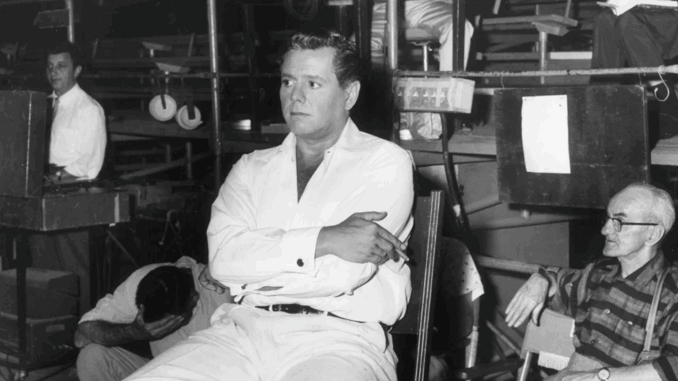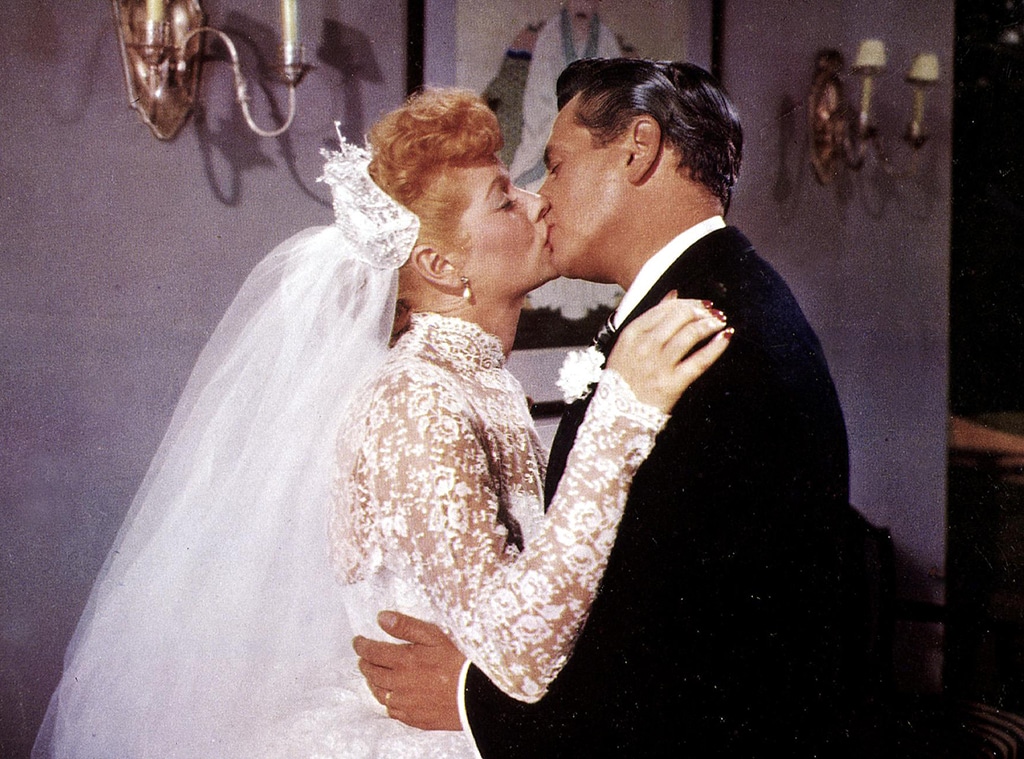
For viewers, I Love Lucy was the story of a mischievous redhead and her Cuban bandleader husband. But offscreen, it was something much deeper — a groundbreaking television experiment shaped by the complicated, passionate, and ultimately heartbreaking relationship between Lucille Ball and Desi Arnaz.
Lucille Ball wasn’t just the star of the show — she and Arnaz were the creative force behind it. When CBS was initially reluctant to cast Arnaz, fearing a mixed-race couple wouldn’t appeal to 1950s audiences, Ball fought to keep him. Their victory wasn’t just personal; it changed the industry.
They were the first to portray an interracial marriage on primetime television, normalizing something that was considered taboo in many parts of America. And they didn’t stop there. When Ball became pregnant with their second child, she and Arnaz insisted on incorporating the pregnancy into the storyline — despite fierce pushback from network censors. They weren’t even allowed to use the word “pregnant,” settling instead for “expecting.” Yet the 1953 episode “Lucy Goes to the Hospital,” where Lucy gives birth to Little Ricky, became the most-watched broadcast in TV history up to that point, beating out even President Eisenhower’s inauguration.

But behind the laughter, their marriage was unraveling. The pressures of fame, Desi’s long work hours, and persistent tabloid rumors of infidelity strained their relationship. By the time I Love Lucy ended in 1957, so too had their marriage. The two divorced in 1960 — but continued to work together briefly afterward.
The story of I Love Lucy isn’t just about great comedy. It’s about love, sacrifice, and the painful cost of trailblazing. Lucille and Desi gave America a version of themselves that was joyful and light — even as their own story turned bittersweet.
